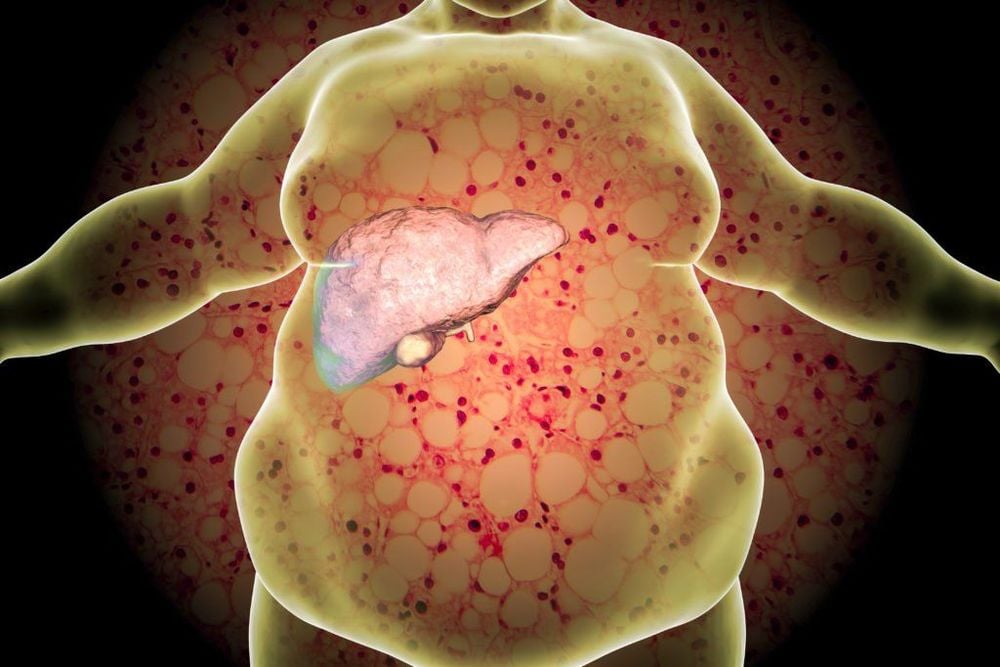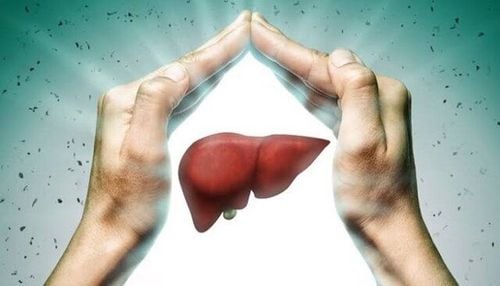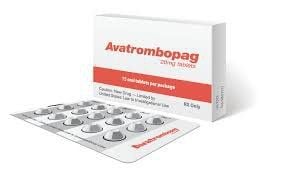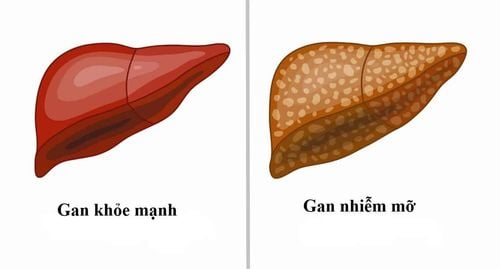This is an automatically translated article.
Post by Master, Doctor Mai Vien Phuong - Department of Examination & Internal Medicine - Vinmec Central Park International General Hospital
The incidence of nonalcoholic fatty liver disease (NAFLD) is significantly increased in people with a relatively normal body mass index (BMI), a condition known as non-alcoholic fatty liver disease obesity or nonalcoholic fatty liver disease in lean individuals. The following are prognostic studies in non-obese nonalcoholic fatty liver disease patients
1. Studies with clinical and metabolic outcomes
In a prospective cohort study of 307 NAFLD patients from Hong Kong, Leung et al reported that non-obese patients (23.5% of patients in the total cohort) had an increased incidence of the syndrome. lower blood pressure and metabolism, as well as lower NAFLD activity scores, serum cytokeratin-18 fragments, and decreased liver stiffness based on transient elastography compared with obese patients. Notably, death, HCC, and liver failure occurred only in obese patients during the 49-month follow-up period. Differences in mortality In contrast, a US study of 483 biopsied NAFLD patients found that patients with lean NAFLD (BMI <25 kg/m2) had an increased all-cause mortality rate. patients were higher than non-thin patients during the 133-month follow-up period, although they had lower rates of type 2 diabetes, metabolic syndrome, hypertriglyceridemia and hypertension, and less progressive fibrosis. . Notably, even after adjusting for potential confounders, lean NAFLD remained an independent risk factor (HR: 11.8) for higher all-cause mortality. In the NHANES study, Zou et al also reported that non-obese NAFLD (BMI <30 kg/m2 for non-Asians and <27 kg/m2 for Asians) patients with higher rates of metabolic comorbidities, more severe fibrosis, and higher rates of cardiovascular disease and cancer mortality and higher all-cause mortality compared with obese NALFDs. However, these findings were not confirmed in a multivariate analysis, in which only type 2 diabetes and fibrosis stage were independent risk factors for mortality.
Finally, in a retrospective cohort study of 646 NAFLD patients in Sweden, Hagström et al. reported that lean NAFLD patients (BMI <25 kg/m2) had an increased risk of cirrhosis, liver cirrhosis and loss of liver disease. compensation and HCC were higher than overweight (25 kg/m2 ≤ BMI <30 kg/m2) patients, independent of confounding factors; All-cause mortality did not differ between the 2 groups. Notably, lean patients had lower serum triglyceride and fasting glucose levels as well as a lower NASH prevalence and lower fibrosis stage.

2. Prognosis in non-obese/thin non-alcoholic fatty liver patients
It seems paradoxical that most studies, although not all, report a worse prognosis in patients with non-obese/thin NAFLD than in obese NAFLD patients. Zou et al attributed the poorer outcome in non-obese NAFLD patients to the advanced fibrosis stage and higher frequency of metabolic disease in this group. Hagström et al speculated that genetic predisposition and an unhealthy lifestyle were associated with worse liver-related outcomes in lean NAFLD patients. Another possible explanation is that in all studies, BMI was used as a surrogate marker to determine lean or obese thresholds. However, BMI is not a specific indicator of abdominal obesity; Waist circumference more accurately reflects visceral fat. However, even waist circumference cannot distinguish visceral from subcutaneous fat and cannot allow quantification of adipose tissue fractions. Therefore, more precise markers of abdominal obesity, such as magnetic resonance imaging (MRI), may be useful in distinguishing between obese and lean NAFLD patients. Indeed, MRI is considered a more quantitative and accurate tool for the assessment of visceral adipose tissue. Therefore, both the lean/non-obese NAFLD definition and the patient classification as lean/non-obese or obese should be MRI-based in the near future to overcome the limitation of current BMI-based definitions. .
Conclusion
Although NAFLD is strongly associated with obesity and related comorbidities, a significant proportion of lean subjects may also develop NAFLD. Visceral obesity as opposed to general obesity, genetic predisposition, unhealthy diet including high cholesterol and fructose intake may be associated with lean NAFLD. Although lean patients have a worse prognosis but are metabolically healthier than obese patients with NAFLD, we should remember that classification into lean or obese is now mainly based on BMI and not should be based on an assessment of visceral fat mass. Therefore, the use of MRI as a reliable and quantitative diagnostic tool to assess the presence and severity of abdominal obesity in patients with NAFLD may be useful. Currently, lifestyle interventions including weight loss, physical activity, and a healthier diet appear to have a beneficial effect on lean NAFLD. In addition, sleep interventions and pharmacotherapy along with close management of comorbidities should also be incorporated in the management of this condition. No doubt, lean NAFLD poses many challenges because the pathophysiology and natural history of the disease have not been extensively studied and clinicians should have high clinical suspicion to identify individuals at risk. People with lean NAFLD lack the general phenotype, which is easily recognized as obesity.
Please dial HOTLINE for more information or register for an appointment HERE. Download MyVinmec app to make appointments faster and to manage your bookings easily.














